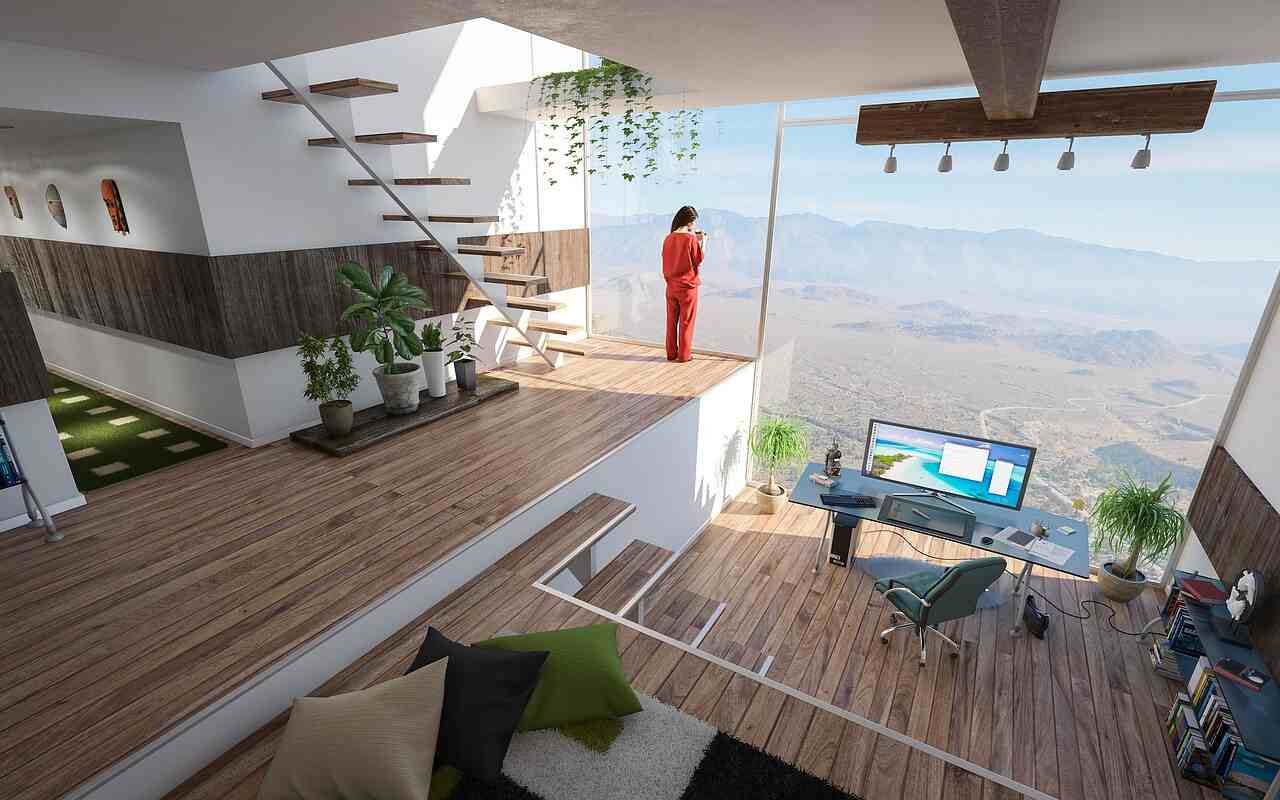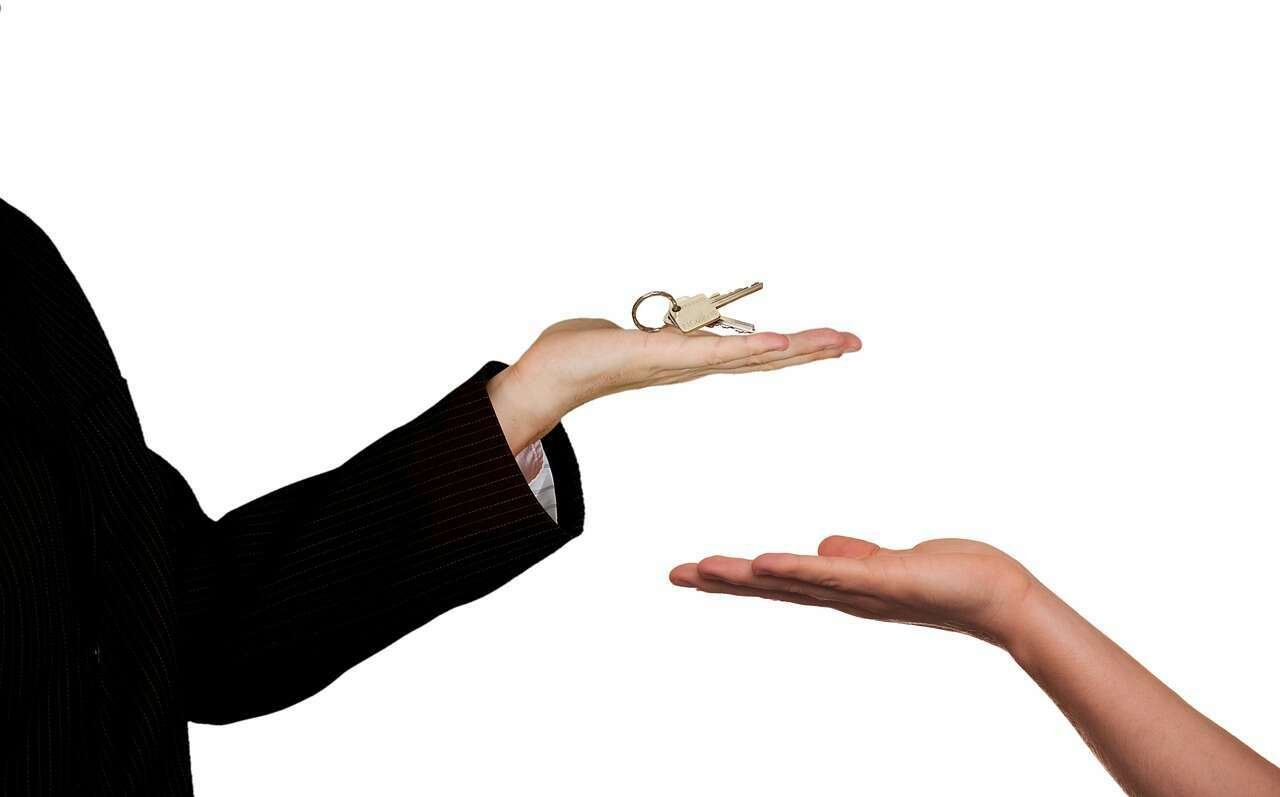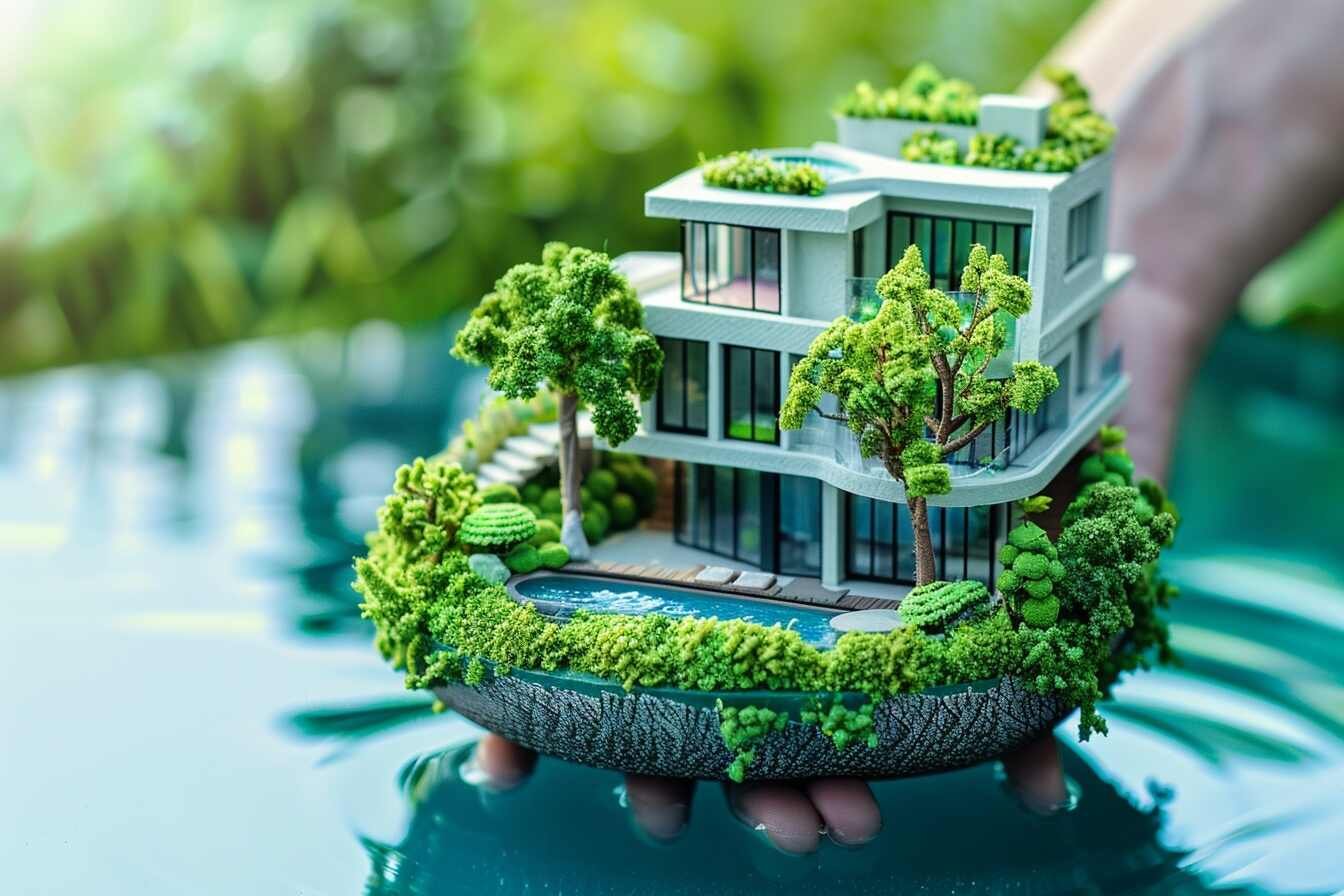Exploring the Growing Interest in Sustainable and EcoFriendly Properties

The Rising Interest in Sustainable and EcoFriendly Properties
In recent years, there has been a significant increase in interest in sustainable and eco-friendly properties. People are becoming more aware of the impact their homes have on the environment and are seeking out properties that are designed to minimize that impact. Sustainable and ecofriendly properties can provide a range of benefits to homeowners, including lower energy bills, a healthier living environment, and a reduced carbon footprint.
They can also offer long-term savings in terms of maintenance costs and reduced energy bills.
Interest in sustainable and eco-friendly properties: There is growing interest in sustainable and eco-friendly properties, with buyers and renters seeking properties that are energy-efficient, environmentally friendly, and built with sustainable materials.
Ecohouse near Faaker See, district Villach Land, Carinthia, Austria, European Union. Sb2s3, CC BY-SA 4.0, via Wikimedia Commons
So, what exactly are sustainable and eco-friendly properties?
These are homes that are designed to be energy-efficient, minimize waste, and use sustainable materials. They may include features like solar panels, energy-efficient appliances, and sustainable landscaping.
One of the main benefits of sustainable homes is that they can significantly reduce energy consumption, which can save homeowners money on their utility bills. In addition, sustainable homes are often built with materials that are safer for both the environment and the people living in them.
Examples
There are a variety of sustainable homes on the market, from tiny homes made from recycled materials to luxurious eco-friendly estates. Here are some examples:
The Living Building Challenge
This is a certification program for buildings that meet the highest standards of sustainability. To receive this certification, buildings must produce more energy than they use, be built with sustainable materials, and have a net positive impact on the environment.
Passive House
This is a building standard that emphasizes energy efficiency and airtightness. Passive houses use very little energy for heating and cooling and are designed to maintain a comfortable temperature year-round.
LEED Certification or Energy Star
This is a certification program for buildings that meet specific sustainability criteria. Buildings are rated on a point system, with points awarded for features like energy efficiency, sustainable materials, and water conservation.
Examples of sustainable and eco-friendly features
Here are some examples of sustainable and eco-friendly features that you might find in a property:
- Solar panels: Solar panels can be used to generate electricity and reduce your reliance on fossil fuels.
- Green roofs: Green roofs are covered with vegetation and can help to reduce stormwater runoff, absorb carbon dioxide, and provide insulation.
- Energy-efficient appliances: Energy-efficient appliances can help to reduce your energy consumption and lower your energy bills.
- Water-saving features: Water-saving features, such as low-flow toilets and showerheads, can help to reduce your water usage and conserve this valuable resource.
- Passive solar design: Passive solar design uses the sun’s energy to heat and cool a property, reducing the need for artificial heating and cooling systems.
- Sustainable materials: Using sustainable materials, such as bamboo flooring and reclaimed wood, can reduce the impact of construction on the environment.
- Geothermal heating and cooling: Geothermal heating and cooling systems use the earth’s constant temperature to heat and cool a home, reducing the need for traditional heating and cooling systems.
Why and How to Do It?
As climate change continues to be a pressing issue, more and more people are looking for ways to reduce their environmental impact. One way to do this is by investing in sustainable and eco-friendly properties. These types of properties are designed and built with the environment in mind, using eco-friendly materials and energy-efficient systems. In this article, we’ll discuss why sustainable and eco-friendly properties are important, how to create one, and the pros and cons of doing so.
Photo credit (main picture): AnteKante via Pixabay





